Extensor digiti minimi muscle
What is the Extensor digiti minimi muscle?
The extensor digiti minimi muscle, which is long and thin, is located in the posterior forearm. It reaches the fifth digit from the distal humerus. It is an individual from the shallow lower arm extensor bunch alongside the anconeus, brachioradialis, extensor carpi radialis longus, extensor carpi radialis brevis, extensor digitorum, and extensor carpi ulnaris.
Like all of the muscles in this compartment, the extensor digiti minimi is a muscle. What it specifically does is extend the fifth digit at the metacarpophalangeal joint.
Origin of Extensor digiti minimi muscle
Both the common extensor origin and the intermuscular septum are on the lateral epicondyle of the humerus and are connected by a tendinous slip.
Insertion
It may or may not split in half as it crosses the hand. On the dorsal side, it embeds in the foundation of the fifth proximal phalange.
Relations
Sometimes, the extensor digitorum muscle and the extensor digiti minimi muscle, which is located medially to it, fuse partially. The extensor carpi ulnaris is right next to it.
The extensor retinaculum isolates the shallow surface of the ligament of the extensor digiti minimi from the dorsal parts of the ulnar supply route and ulnar nerve at the level of the extensor retinaculum.
Innervation
The posterior interosseous nerve (C7, C8), which is a branch of the deep radial nerve, innervates the extensor digiti minimi. A branch of the posterior cord of the brachial plexus is the radial nerve.
Blood supply
There are two distinct sources of blood supply to the extensor digiti minimi muscle:
The radial artery, via the radial recurrent artery
Ulnar artery, via the foremost and posterior interosseous arteries
Function of Extensor digiti minimi muscle
The extensor digiti minimize primary function is to extend the fifth digit at the metacarpophalangeal joint. It also helps to extend the wrist and all of the fifth finger joints from the ulnar side of the hand by attaching to the extensor expansion and working with the extensor carpi ulnaris muscle.
The extensor muscle in the little finger enables it to extend independently of digits 2-4. This is because a solitary muscle that supplements into every one of the digits expands the digits 2-4 more often than not; the extensor digitorum.
Clinical relevance
The Extensor Digiti Minimi can be affected by conditions such as Tenosynovitis and Vaugh Jackson Syndrome.
Extensor digiti minimi muscle stretching
With little finger flexion at the metacarpophalangeal and interphalangeal joints, wrist flexion, and elbow flexion, the extensor digit minimi are extended.
Extensor digiti minimi muscle strengthening exercise
Elastic reverse grip
Your finger extensors will benefit from this exercise. To begin, wrap an elastic band around your fingers. To prevent the band from rising from the hand, slowly extend your fingers against the resistance while keeping your middle knuckles flexed.
Banded finger extension
The finger extensors can be strengthened with this isometric exercise. Pull down with your non-target hand as you wrap an exercise band around the target finger with the palm facing down. Each repetition can be held for up to seven seconds before a five-second break. Use only one pinky finger to perform as needed
Finger extension with band
This is an exercise for strengthening the finger extensors. Wrap a hair or elastic band around the back of your fingers about where your third knuckle is. Extend your fingers out and hold it there for up to five seconds to stretch the band. To complete a repetition, switch back to neutral.
Finger yoga
This exercise can help strengthen the finger extensors. Place your palm on a desk, table, or other flat surfaces to get started. Lift your pinky, middle, and thumb off the surface while maintaining the planted position of the other two fingers. Keep the raised fingers in this position for up to five seconds and try to raise them as high as you can. By raising the second and fourth fingers as high as possible while keeping the other fingers planted, you can return to neutral or alternative circumstances. Maintain this posture for up to five additional seconds. Return to neutral and repeat as necessary to complete the repetition.
Banded wrist extension
This exercise can help strengthen the extensors of the wrist. To get started, place the back of your lower arm on your thigh and hold a circle band with your palm facing down and your wrist hanging off your knee. The forefoot keeps the further end of the loop band in place. While keeping your lower arm securely fastened to your thigh, raise it vertically to broaden your wrist. The band should be slowly lowered toward the floor by dropping the wrist. As necessary, repeat.
Reverse curl
This exercise strengthens the elbow flexors and common wrist extensors. Start with a dumbbell in each hand. During this exercise, keep your elbow under your shoulder and support your center to maintain a neutral spine. Keep the wrists neutral while bowing the elbow to raise the weight. Lower the weight back down without swaying the arm or body to finish a count.
Barbell wrist extensor roller
A strong band, a racked barbell, and a kettlebell are required for this activity. Wrap one end of the strength band around the sleeve of a free weight at shoulder level to get started. Feed the opposite end of the band through the handle’s circle and around the bulb to keep the iron weight in place. While remaining behind the free-weight sleeve, hold it with your palms facing each other. To extend the wrists and lift the kettlebell off the ground, rotate the barbell cuff in your direction. After the portable weight arrives at its most extreme level, somewhat relax your hold to permit it to dive toward the floor. During this phase, pay close attention to where your feet are positioned. Alternately, you could slowly lower the weight by rolling the barbell cuff forward with your wrists.
FAQ
What is the purpose of the EDM muscle?
Extensor digiti minimi is a muscle with two joints. In the two joints, it goes about as an extensor. It pushes the rear of the hand rearward of the lower arm since it broadens the wrist. Additionally, by extending the little finger, it straightens the fist.
What exactly is the purpose of EDM muscle?
A muscle located in the superficial layer of the forearm’s posterior compartment is the extensor digiti minimi (EDM) muscle, also known as the extensor digiti quinti proprius muscle. Alongside the other extensor muscles, it comes from a typical extensor ligament that is connected to the parallel epicondyle of the humerus.
How is the extensor digiti minimi tested?
It is also known as the extensor digiti quin. To palpate the extensor digiti minimi, place your hand and forearm on a flat, still surface with the palm of your hand facing downward. Place your opposite hand over your forearm as you raise just the little finger. At the point when you raise your little finger, you ought to have the option to feel the development of the extensor digiti minimi.
How deep or superficial is the extensor digiti minimi?
The extensor digiti minimi are one of the muscles in the forearm’s posterior compartment’s superficial layer. It is an accessory extensor for the little finger.
Is it possible for the extensor tendon to heal itself?
When they connect the muscle to the bone, like a rubber band, tendons are under tension. The closures of a ligament will pull far separated if it is cut or torn, making it unthinkable for the ligament to mend all alone.


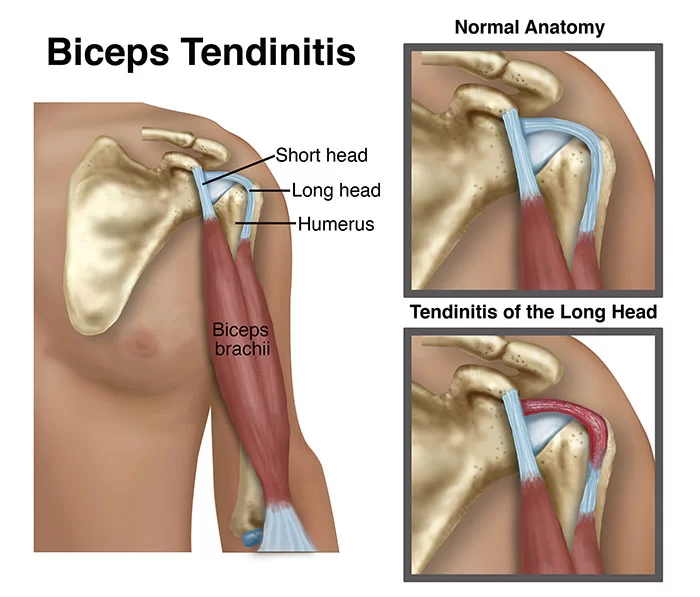
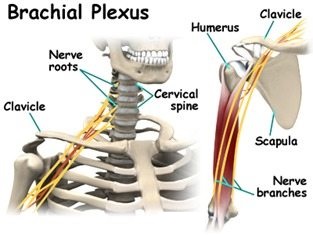
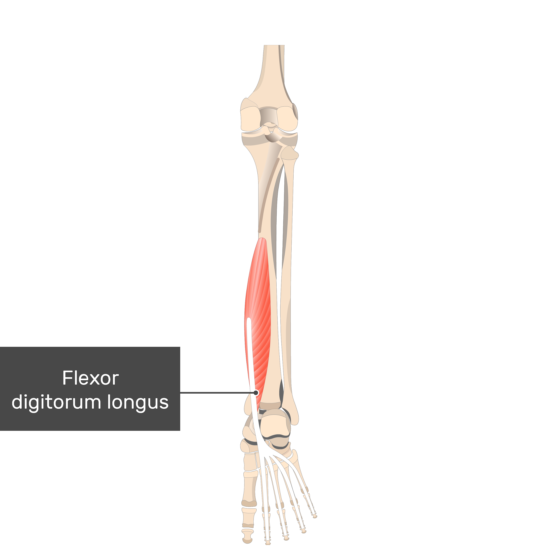
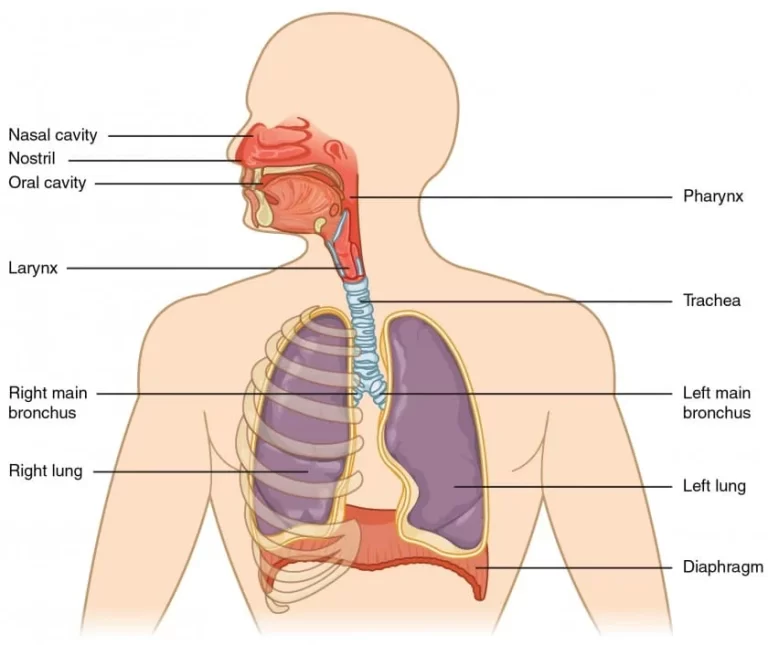

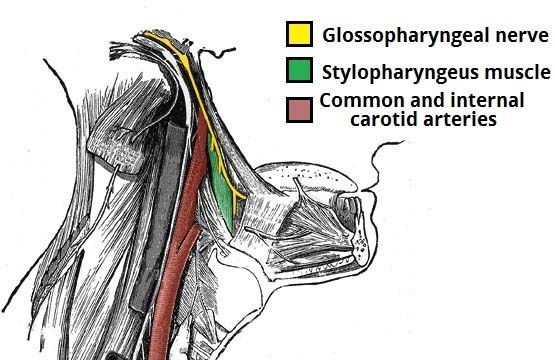
One Comment